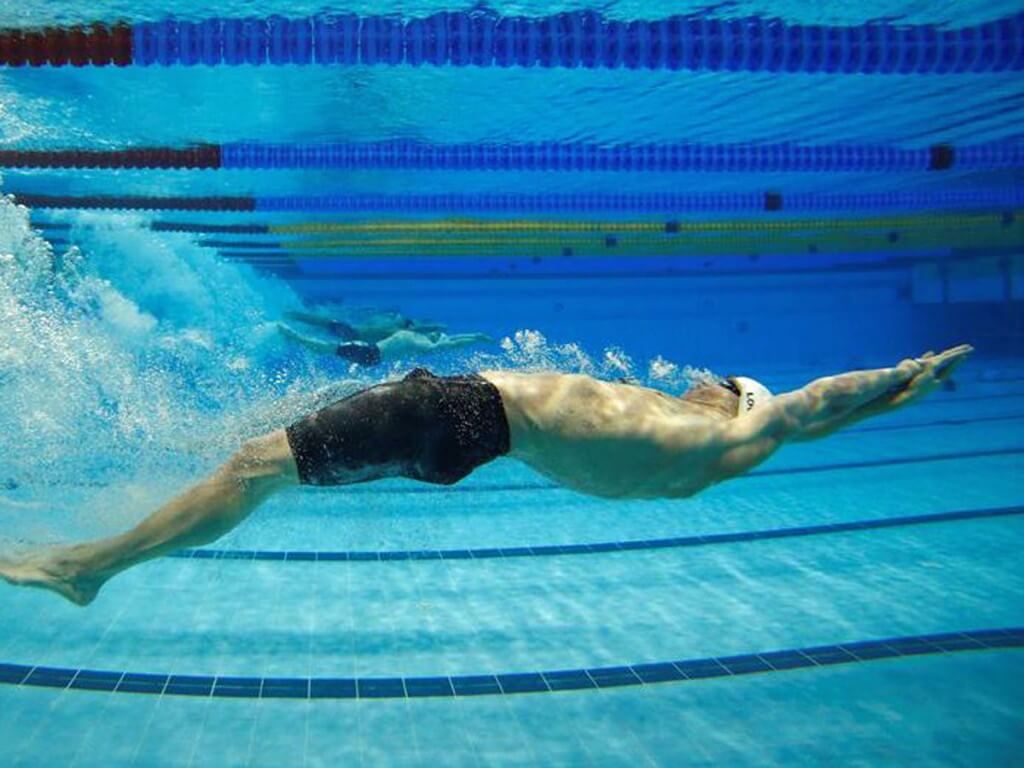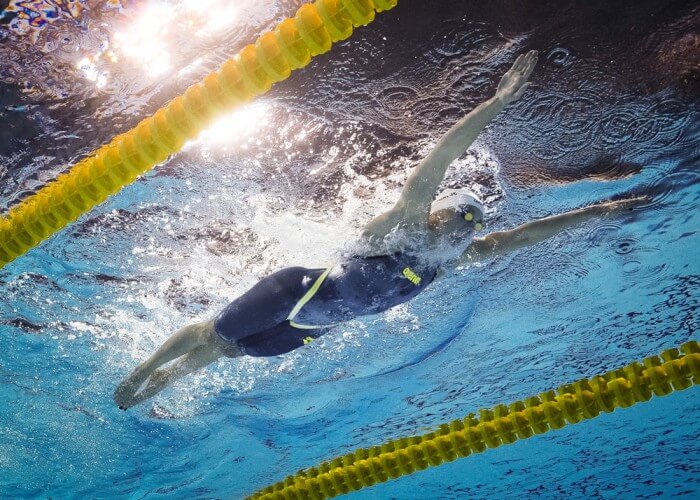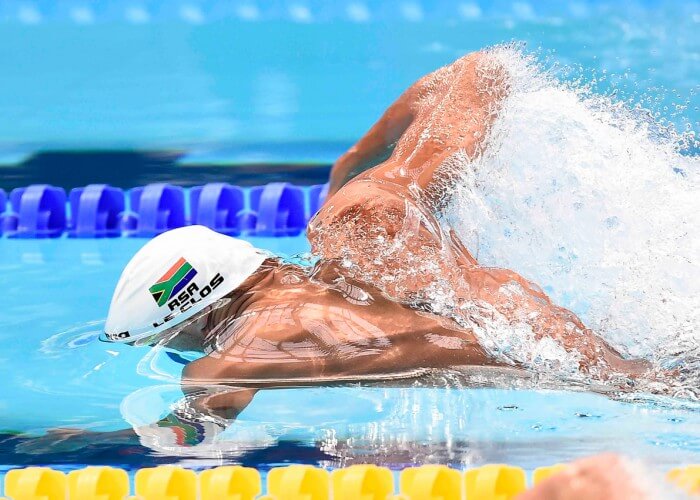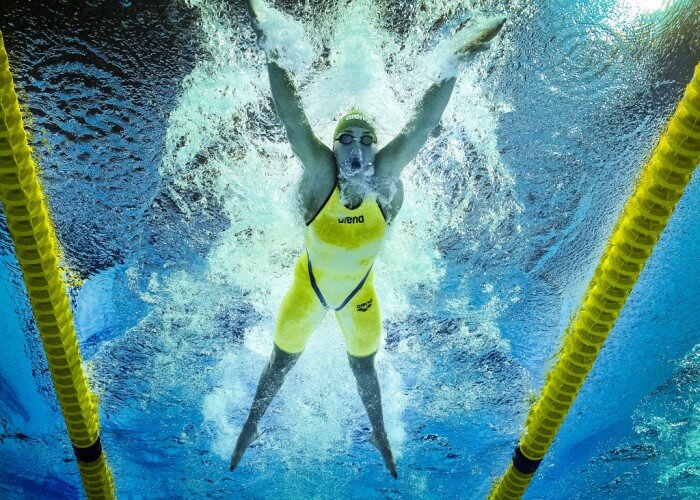Why Marginal Gains and Transformative Learning Matter In Swimming

By Seren Jones, Swimming World College Intern.
Coaching in swimming is focused on marginal gains. Although fitness and conditioning are significant components in swimming, the sport revolves around making minute changes to different aspects of your stroke or technique, in order to make the largest improvement and consequently have the best result.
Marginal Gains

Photo Courtesy: R-Sport / MIA Rossiya Segodnya
In a 2012 interview with the BBC, the performance director of British cycling and general manager of Team Sky, Sir David Brailsford, explained the concept of marginal gains.
“The whole principle came from the idea that if you broke down everything you could think of that goes into riding a bike, and then improved it by one percent, you will get a significant increase when you put them all together.”
The principles of riding a bike range from the weight of the tires, to the ergonomics of the bike seat, to the aerodynamics of the bike itself, but Brailsford decided to go even further. His athletes were provided with antibacterial hand gel to prevent infections, as well as a brand new team bus with improved comfort and recuperation. He even started to further explore into untested assumptions, such as the dynamic relationship between the intensity of the warm-down and speed of recovery. The more he learned, the more marginal gains he created. Although such adjustments may be viewed as unnecessary, Brailsford strongly believes that “they’re tiny things but if you clump them together it makes a big difference.”
So when considering marginal gains in swimming, it is extremely accurate. In a sport that is even more technical than cycling, and thus includes numerous tiny components, we can make a one percent improvement in several different areas, which will lead to an eventual successful outcome. For example, if we were to make a one percent improvement on our head position; our body line; the angle of our hand position when entering the water; the rate at which our feet reach the wall on our flip turns; and the tempo of our stroke. All of these tiny adjustments will accumulate to create one noticeable improvement, being a drop in time.
Transformative Learning

Photo Courtesy: Fabio Ferrari – LaPresse
However, we are aware that one of the biggest difficulties for elite swimmers it to hold their level of motivation and interest in the sport, and the philosophy of marginal gains can be an overwhelming and exhausting approach on a daily basis.
According to Robyn L. Jones, Professor of Sport and Social Theory at Cardiff Metropolitan University, rather than solely searching for marginal gains within the sport, coaches should also utilize the notion of transformative learning, giving their athletes opportunities to approach the challenges differently.
“Sometimes athletes need new frameworks or perspectives to generate improved performances,” said Jones, who is also a visiting Professor at the Norwegian School of Sport Sciences and the University of Malaysia. “It’s hard to always keep working along the same lines continuously. So they need new ways to think about their challenges.”
Transformative learning is defined as the process of effecting change through adopting a different frame of reference. Its intention is to secure improvements through altering perspectives to make one think of things differently.
For example, if a coach wants to develop athlete understanding related to experiencing the feeling of maximum speed in training, rather than focusing on minute alterations in strength, he or she could make the athlete focus more on developing touch and feel for the water to secure a better catch through affective means. A method of doing this would be making athletes swim as slow as possible without losing form. This could give athletes the opportunity to really feel the water, paying specific attention to aspects related to their stroke; the catch, the pull through and the recovery and how each feels. Athletes would also be forced to pay attention to the body line, thus engaging their core stability, a basic skill that is too often overlooked.

Photo Courtesy: R-Sport / Mia Rossiya Segodnaya
Another potential example of such transformative learning could be to focus on breast stroke technique while working on the fly. Seeing as both strokes are conceptually very similar, thinking about one (or specific aspects of) in terms of the other, could unlock previously untapped resources of potential. Of more importance perhaps, thinking about the familiar in slightly altered ways can lead to increased intrinsic motivation for swimmers; something both swimmers and coaches continually struggle with taking into account the workload culture of the sport.
Swimming is a certainly a sport that is marginal gains oriented. With numerous ways of breaking down a stroke there are dozens of elements within the stroke that can be improved on by just one percent, which inevitably leads to noticeable improvement in performance. However, perhaps shifting away from the exhausting and almost obsessive concept and toward transformative learning, which gives athletes the opportunity to see their sport in a different light, may spark interest in elite athletes, which will also lead to improvement in their performances through experimenting with such creative methods.




Brittany Archer
How can you develop ‘feel for the water’ whilst swimming as slowly as possible?
You have no feel for the water, then.
You only feel the water when you accelerate your hand and arm against it faster than it can slip aside out of your way
A very good article that captures current thinking in athlete and coach development
I have been trying to explain this concept to new teachers for years but applied to the beginner, any age. It is important at every level. Really good article.
I have been trying to explain this concept to teachers for many years, but applied to the learner, of any age. I hope lots of people read, understand, and apply the principles of the article. Thanks Helen